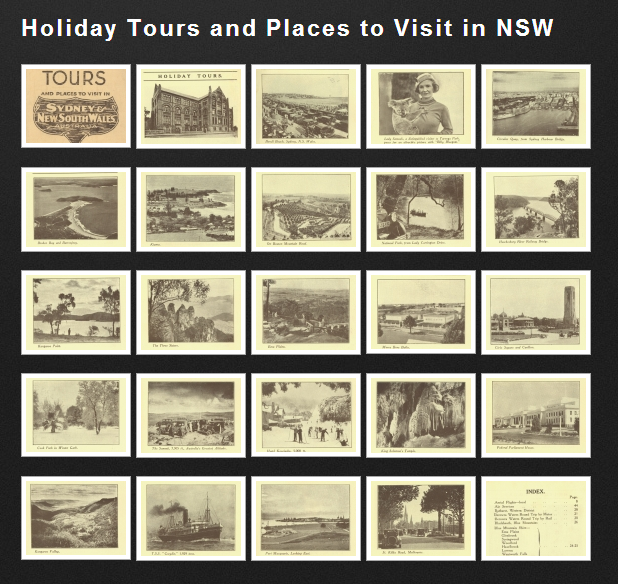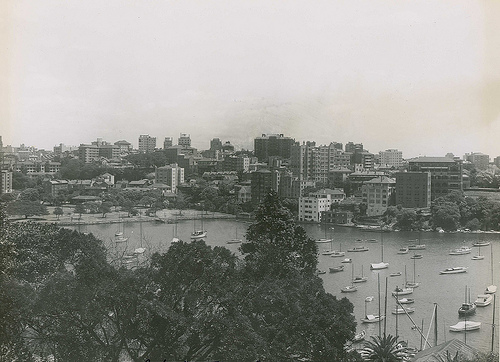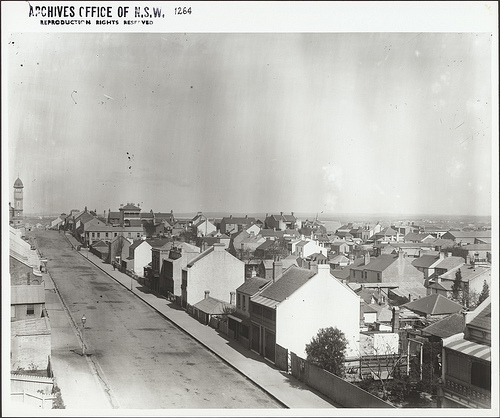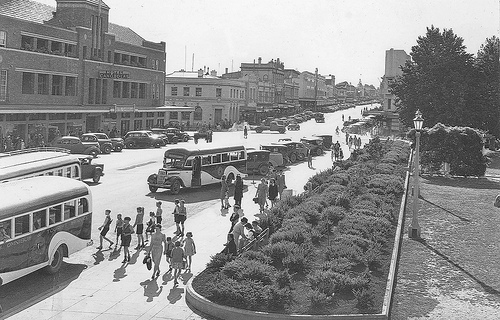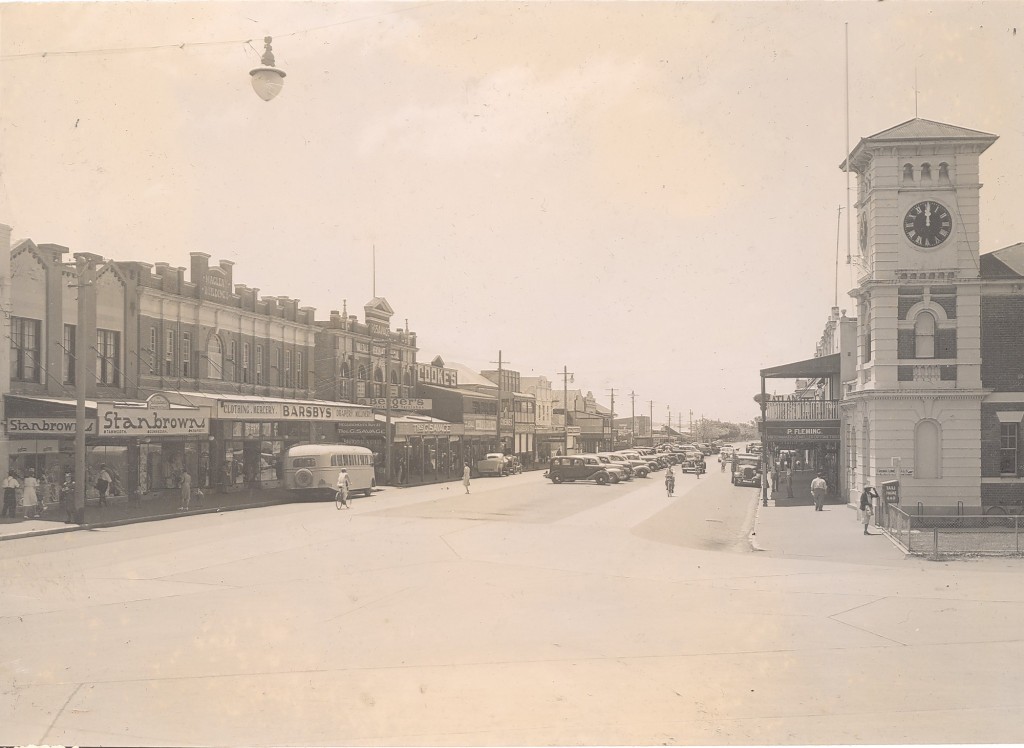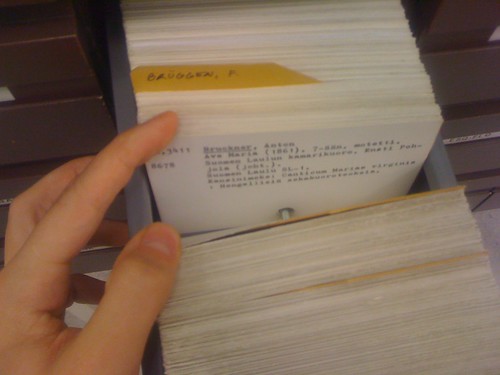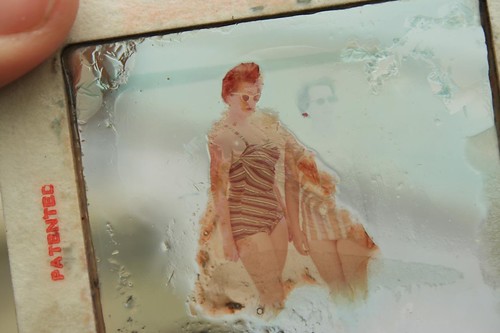
This past Australia Day was a great day for State Records as we had original First Fleet Convict Indents on display at NSW Parliament House in the Sentenced beyond the Seas exhibition which was held in conjunction with Parliaments’ own exhibition, Twenty Five Stories from Australia’s First Parliament. It is estimated that there were 2,000 people through the door on Australia Day which is a fantastic result.
The Convict and The Premier
There are so many stories and families attached to the First Fleet Convict Indents. One unintentional connection within the exhibition was picked up by the eagle eyes of Janice Eastment and Kevin Shaw, the Secretary and Treasurer of the John & Mary Small Descendants Association ,who contacted us after the event.
After looking at Mary Parker’s indent papers, we noticed James Squire was listed as well and there are Small descendants that are also Squire descendants. Did you notice that James Squire was immediately across the corridor from a picture of James Squire Farnell, his grandson and a Premier of NSW about ninety years after the grandfather was sent to the colony in disgrace. Very well placed if it was deliberate, very ironic if it wasn’t.
What Price Freedom?
Cassie Mercer from insidehistory magazine has an ancestor with a fascinating connection to these archives as well.
What price did a convict put on their freedom? In 1800 Governor Phillip Gidley King discovered the amount was £12. Sydney’s early government clerks in charge of the record books had been engaged in a lucrative trade with the Irish convicts — changing life sentences to appear as seven years. Cassie Mercer, editor of Inside History and one of the researchers who discovered the story, believes it is the first documented fraud against the colonial authorities. And it was Cassie’s ancestor who instigated the scheme to have convict sentences altered in the record books………..
Janette Pelosi, from State Records NSW, is one of the archivists who’s been working on the collection. Janette, too, discovered the fraudulent entries. “It was so easy to alter the sentences,’ says Janette, “that even Governor Hunter had been fooled into allowed a serving convict to return to London with him.”
Online coverage of the exhibition
A sample of some of the online posts about the Sentenced beyond the Seas exhibition.
Earliest convict arrivals recorded online
RECORDS OF THE EARLIEST convict arrivals to Australia have been made available online, to mark the 225th anniversary of the arrival of the First Fleet at Sydney Cove on 26 January 1788.
Sentenced Beyond the Seas is a digital project run by State Records NSW. The archive, now available online, contains scans of the original arrival records of convicts between the years 1788 and 1801.
There are more than 12,000 names among the records for this period.
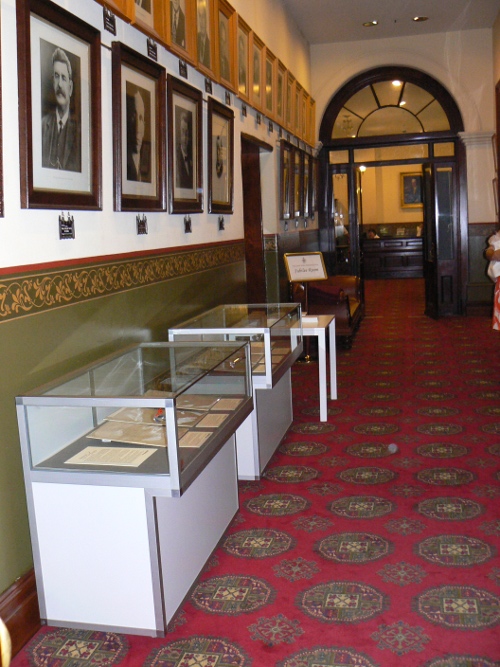
NSW Parliament House presents ‘Sentenced Beyond the Seas’
Tomorrow, as part of the Australia Day celebrations in Sydney, NSW Parliament House will be open between 10am and 4pm. Despite being in and out of that building nearly every week (my day job is in government relations), I was going to be heading in to the city tomorrow morning to see something very special – instead I had an even better treat – I was given a sneak peek this afternoon!
In addition to the current exhibit, Twenty Five Stories from Australia’s First Parliament, they are displaying, for one day only, the original indents of the convicts sentenced to transportation on the First Fleet. These indents are rarely seen by the public, and it is a great opportunity to do so – especially if you have an ancestor named in those lists!
Australia Day Present from The National Archives UK
The National Archives of the United Kingdom publicly released Australian images from its collection to mark Australia Day 2013.
UK archives seeks help identifying historic Australian photos posted online
THE UK’s National Archives is calling on Australians to help identify thousands of photographs and drawings dating back to the mid-1800s.
The archives has posted 2000 images of Australian towns, buildings and people online for the first time to help celebrate Australia Day.
The images include a rarely-seen panorama of Sydney harbour taken in 1870 and a 1927 photo of the prime minister’s Lodge in Canberra.
They can be viewed on the photo-sharing site Flickr.

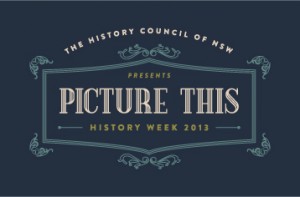
![2552491960_fa502f8931_o[1]](/wp-content/uploads/2013/02/2552491960_fa502f8931_o1-1024x715.jpg)


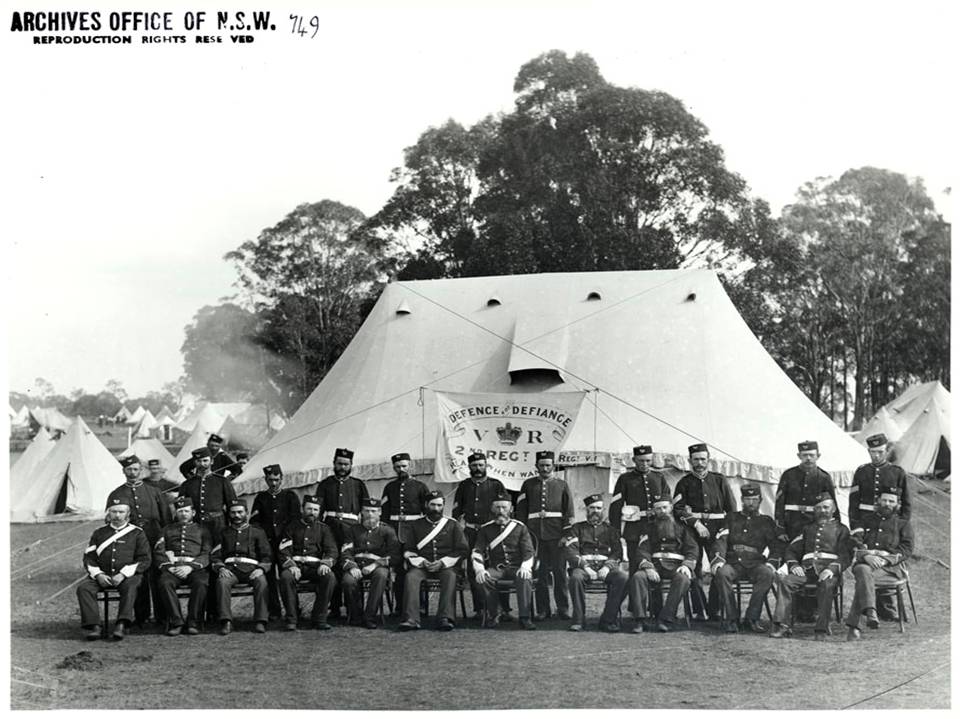

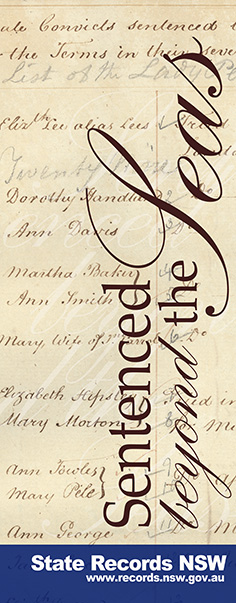
![Seasons Greetings from Archives Outside. Digital ID 16410_a111_1[1A]_000073A_p1 Seasons Greetings from Archives Outside. Digital ID 16410_a111_1[1A]_000073A_p1](/wp-content/uploads/2012/12/Christmas-2012-16410_a111_11A_000073A_p1.jpg)
